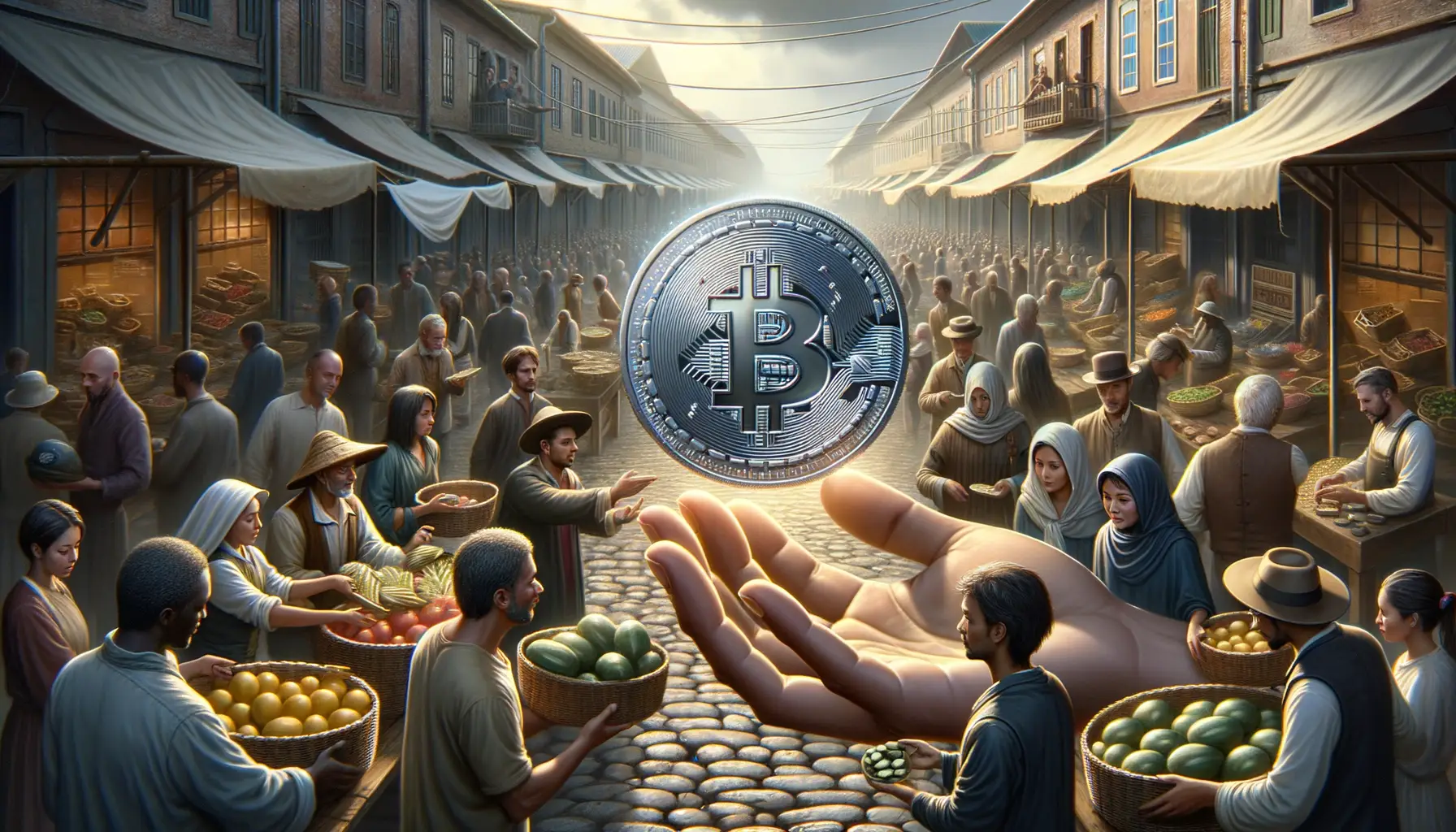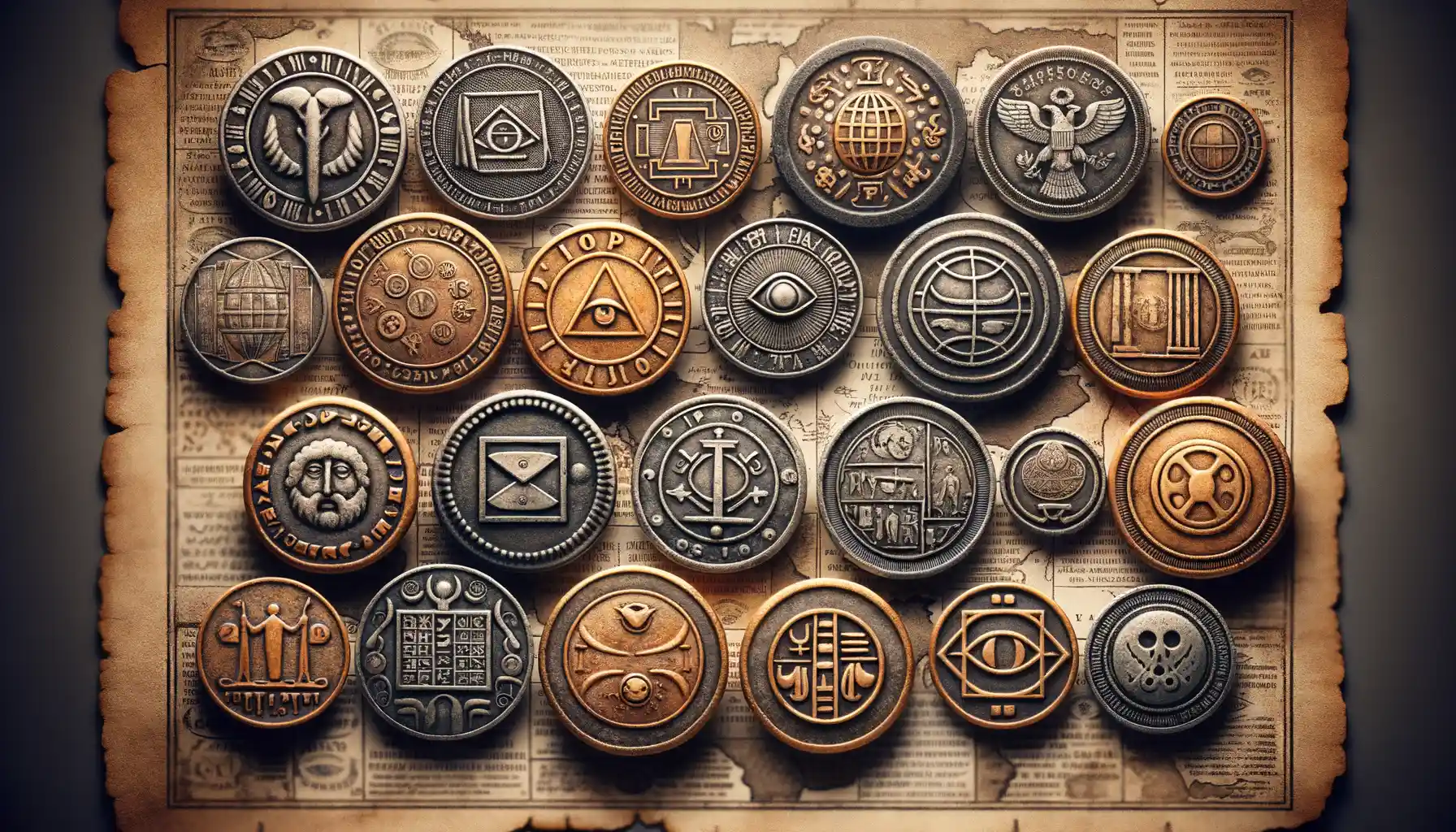Historical Context of Coinage in Revolutionary Eras
The Spark of Change in Revolutionary Coinage
Every revolution tells a story, not just in the fiery speeches or decisive battles, but in the small, shimmering details of everyday life—like coins. These metal discs weren’t just currency; they were miniature canvases carrying the weight of defiance, hope, and identity. Picture this: a coin passed from hand to hand in the bustling marketplace, each exchange spreading the silent message of an emerging nation.
In revolutionary eras, coins became tools as much for survival as they were for rebellion. The American colonies, for instance, melted down church bells to mint their own currency, turning symbols of faith into symbols of freedom. In France during the Revolution, coins bearing the faces of monarchs were scrapped to make way for bold designs proclaiming “Liberté, Égalité, Fraternité.”
- Inscribed mottos: From patriotic calls to arms to soaring ideals, these words gave people something to rally behind.
- New emblems: Gone were the crowns; in came liberty caps, eagles, or clasped hands, images chosen with intent and ambition.
It wasn’t just coinage—it was storytelling in metal, whispered promises of a world being reshaped.
Role of Coinage as a Symbol of Sovereignty

Coins: Tiny Yet Mighty Emblems of Power
Picture this: a small, gleaming coin in the palm of your hand, simple in design yet brimming with purpose. Throughout revolutionary movements, coinage became much more than just currency—it was a powerful declaration of autonomy and defiance. When an emerging nation minted its own coins, it wasn’t merely creating a tool for commerce; it was shouting to the world: *”We exist. We control our fate.”*
Take, for instance, the use of unique symbols and inscriptions. Revolutionary coins often bore mottos proclaiming liberty, independence, or unity. These weren’t generic phrases; they were battle cries frozen in metal—statements like “E Pluribus Unum” or “Liberté, Égalité, Fraternité”. Even depictions of national leaders or heroes served as reminders of who held the reins of power.
- New flags? Sure. But coins? They were pocket-sized flags, circulating far and wide.
- They symbolized not just freedom, but permanence—a guarantee that this revolution wasn’t going anywhere.
In many ways, the act of striking a coin felt like planting a stake in the ground, or perhaps carving initials into a tree. It said: *”This is ours, forever.”*
A Silent Protest in Every Pocket
Revolutionary coins had one more trick up their sleeve—they were stealthy bearers of rebellion. Unlike a public decree or a riot, which could be quashed or censored, coins slipped into everyday life unnoticed yet potent. Imagine holding a coin inscribed with “Freedom for All”. Every trade involving that coin carried its message, whispered from one hand to another, until whole communities were united by shared ideals.
Even during occupations, when invaders sought to erase local identities, the presence of native, revolutionary coins was an act of quiet resistance. They didn’t just belong to people—they represented them. They became talismans of sovereignty, carried close to the heart.
Economic Impact of Revolutionary Coinage

How Coins Sparked Economic Revolutions
Picture this: a pocketful of jangling coins, each one telling a story. During revolutionary movements, those small metal discs didn’t just buy bread or fabric—they rewired entire economies. By introducing **new revolutionary coinage**, leaders aimed to break free from the financial systems tied to oppressive regimes. It wasn’t just currency; it was an economic declaration of independence.
Suddenly, old currencies—symbols of control—were sidelined. Instead, these fresh coins fueled transformative change. How?
- Trade networks adapted instantly, as merchants scrambled to accept the new currency.
- Local economies became self-sustaining, shaking off foreign monetary dominance.
- Ordinary citizens found themselves strangely empowered, with currency reflecting their new identity.
From Crisis to Opportunity: The Ripple Effect
Of course, it wasn’t all smooth sailing. Revolutionary coinage often provoked chaos before order emerged. Imagine farmers hesitating to accept unfamiliar coins for their harvests or smugglers using currency confusion to exploit markets. Yet, this upheaval gave rise to innovation. In France during the Revolution, the **assignats** acted as both paper money and a bold experiment to stabilize a crumbling economy. It was more than business—it was life or death for an entire nation’s future.
Behind every coin lay a gamble, a hope, and often, a triumph.
Political Messaging and Propaganda through Coinage

The Hidden Messages Stamped in Metal
Coins are not just currency; they’re miniature billboards, circulating ideas alongside value. Revolutionary movements understood this power intimately, using coinage as a subtle yet effective propaganda tool. Each coin was crafted with care, not just to transact but to persuade. A simple inscription could inspire loyalty or sow seeds of defiance.
Take, for instance, the French Revolution’s coins: they didn’t just showcase the new Republic—they *screamed* it. The designs obliterated royal emblems, replacing pompous crowns with symbols like the **Phrygian cap**, a beacon of liberty. That wasn’t loose change; it was a political manifesto jingling in your pocket.
- Swapping monarchs for symbols of freedom? A bold move.
- Using phrases like “Liberty, Equality, Fraternity”? Revolutionary poetry, etched in metal.
From Pockets to Minds
Look deeper, and coins become a tool of psychological warfare. By stamping their cause onto something as permanent as metal—something people touched daily—revolutionaries cemented their messages. Consider **George Washington’s portrait** on early American coins: it wasn’t just about national pride. It was a quiet reminder of shared purpose, rebellion, and resilience.
When you held a coin, you weren’t just holding silver or copper—you were holding belief. That’s how revolutions moved from battlefields into every home.
Legacy and Modern Perspectives on Revolutionary Coinage

Echoes of Freedom in Coins Across Generations
Coins minted during revolutionary periods carry more than monetary value—they are tiny, palm-sized time capsules brimming with stories. Each scratch, each fading emblem whispers of defiance, ambition, or hope. Think of the Liberty Cap Cent from the American Revolution, its design shouting freedom at a time when that idea was still fragile. Centuries later, one might stumble upon a coin from the French Revolution, inscribed with “Liberté, Égalité, Fraternité”—a tangible link to those tumultuous days of justice-seeking and idealism.
But here’s the twist: modern collectors, historians, and even governments don’t just see these coins as relics. They’re reflections, mirrors of struggles that resonate even now. Some nations, like Lithuania, still issue symbolic coins celebrating historic independence movements, while digital designers reimagine revolutionary messages on cryptocurrencies today.
- Mexican Pesos: Emblazoned with leaders like Hidalgo, each coin captures the heartbeat of a nation’s fight for self-rule.
- Cuban Peso: Featuring José Martí, it immortalizes enduring dreams of sovereignty.
The beauty lies in the duality: a coin is both weighty history and fleeting currency, a paradox spinning endlessly in your pocket.





